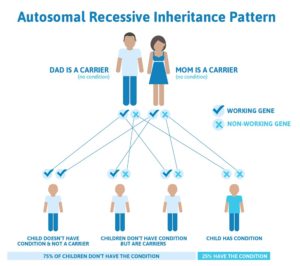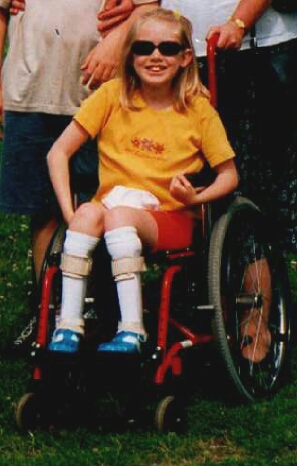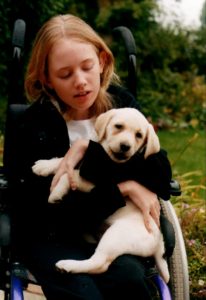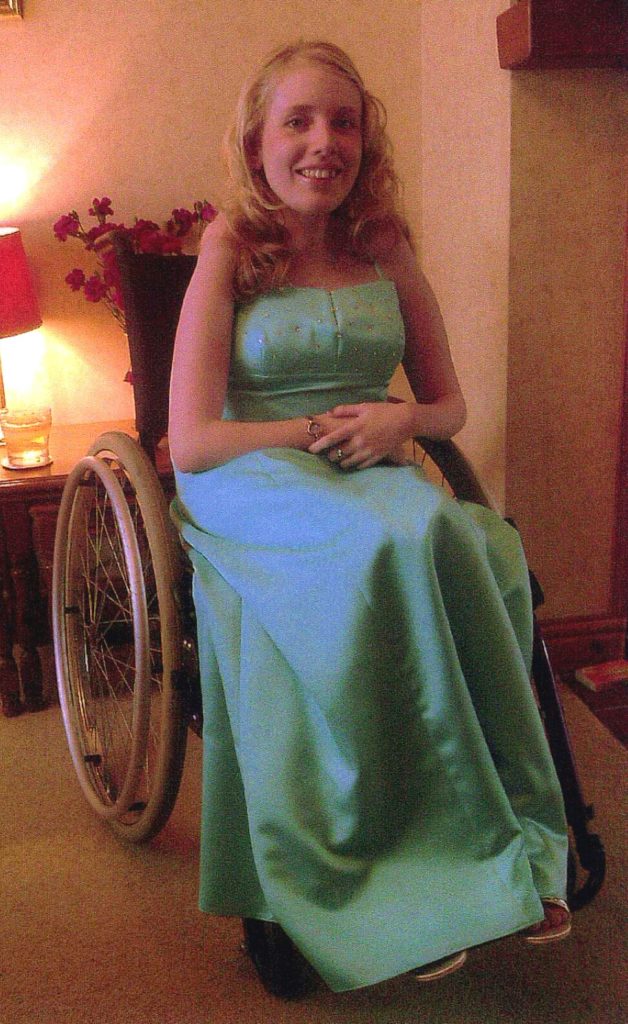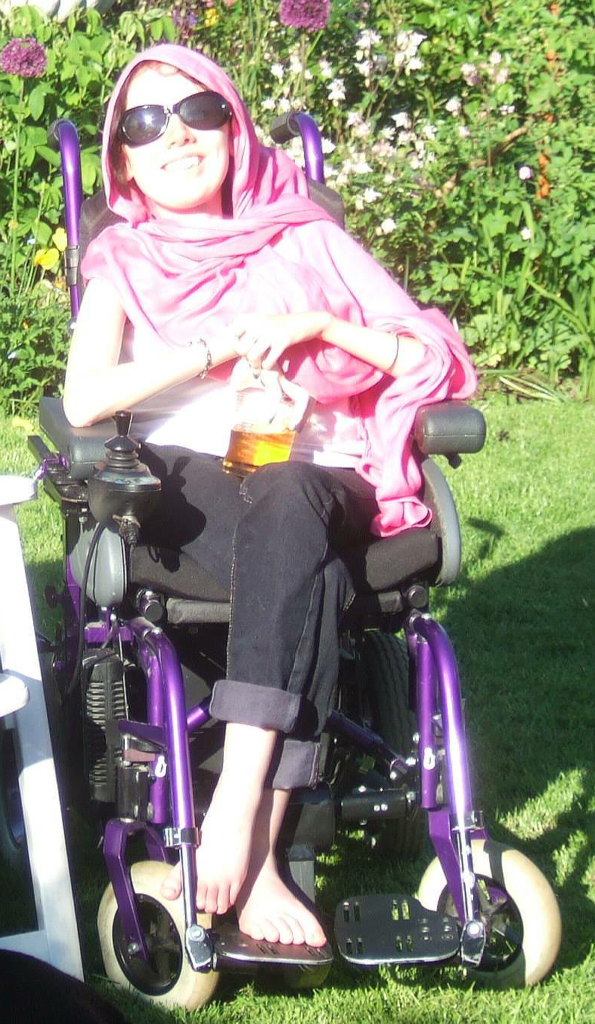Working full time is the goal for most of us – to earn our own money, pay the bills, put our skills and knowledge to good use, in addition to contributing to society. But for those who deal with chronic pain each and every day, this is not so easy to achieve.
Living with chronic pain can be debilitating, difficult to manage, incredibly stressful and for some it is sadly all-consuming. It is hard to focus on anything other than how you feel, thereby potentially affecting your personal and professional life, as well as your mental health and wellbeing.
No one wants to be out of work due to ill health. Aside from the obvious financial gain; work provides a purpose, opportunities to socialise, integrate with peers and further your own personal development.
Whether you commute or work from home, it’s important to find the method of pain management that suits you. Chronic pain can manifest in many ways, and as such there are several forms of treatment including medication, heat pads and even CBD oil.

How to work through the pain:
Begin your day with strength and positivity: Try listening to motivational podcasts before bed or first thing in the morning. This will aid your mental health and encourage determination and perseverance to help you make it through the day.
Set the alarm: Seems obvious, right? But in all seriousness, this is an important step. An alarm will provide that extra nudge to get you out of bed. Position the alarm out of reach so that you’re unable to hit the snooze button or knock it over in frustration.
The earlier you start the day, the more time you have to prepare yourself physically and mentally. Rushing around will only add extra stress and inevitably exacerbate your chronic condition.
Learn to stretch: You might stretching is a bad idea for anyone living with chronic pain. However, in consultation with doctors and specialists, it can be of great benefit to devise a plan to stretch and exercise each day.
Stay as mobile and active as possible, but be sure to reserve energy and rest when necessary. Don’t force yourself to work through unbearable pain. This is counter-productive.
Comfort: Pay attention to your working environment – introduce furnishings and features for optimum comfort. Think about seating, cushions, footrests/stools and massagers.
Consider consulting an occupational therapist who will help to make your working life as easy as possible. If that means adding eight cushions of varying
firmness to your office chair, then do it!
Planning and preparation will result in good performance at work, despite constant chronic pain. Of course, it is sadly the case that many sufferers will never be completely rid of pain. But in order to work, and to work to the best of your ability, you need to formulate an individually tailored method of management. There is no ‘one fits all’ solution.
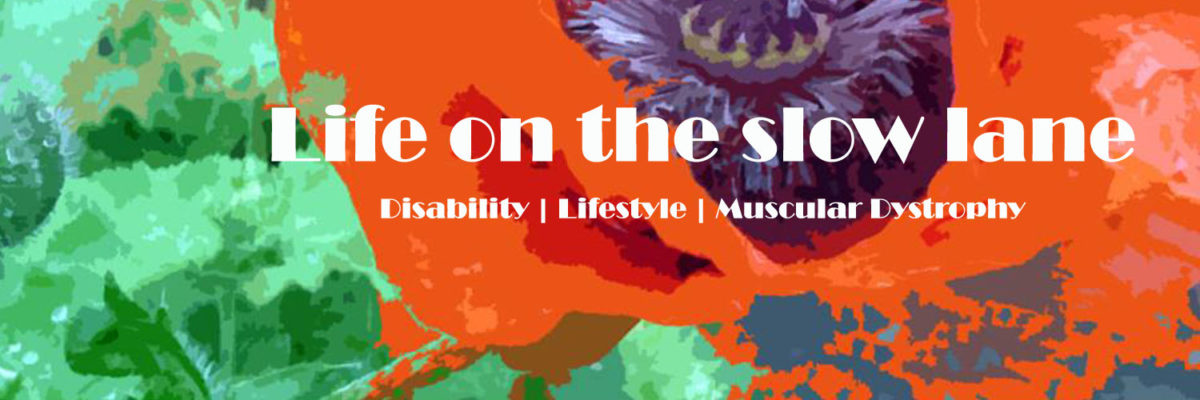
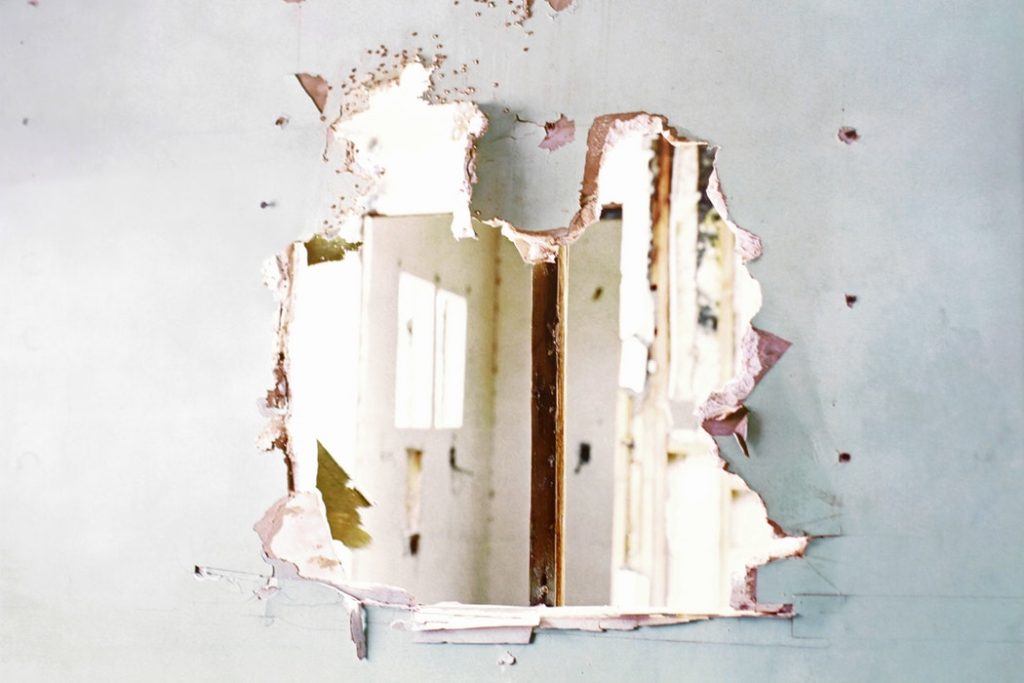


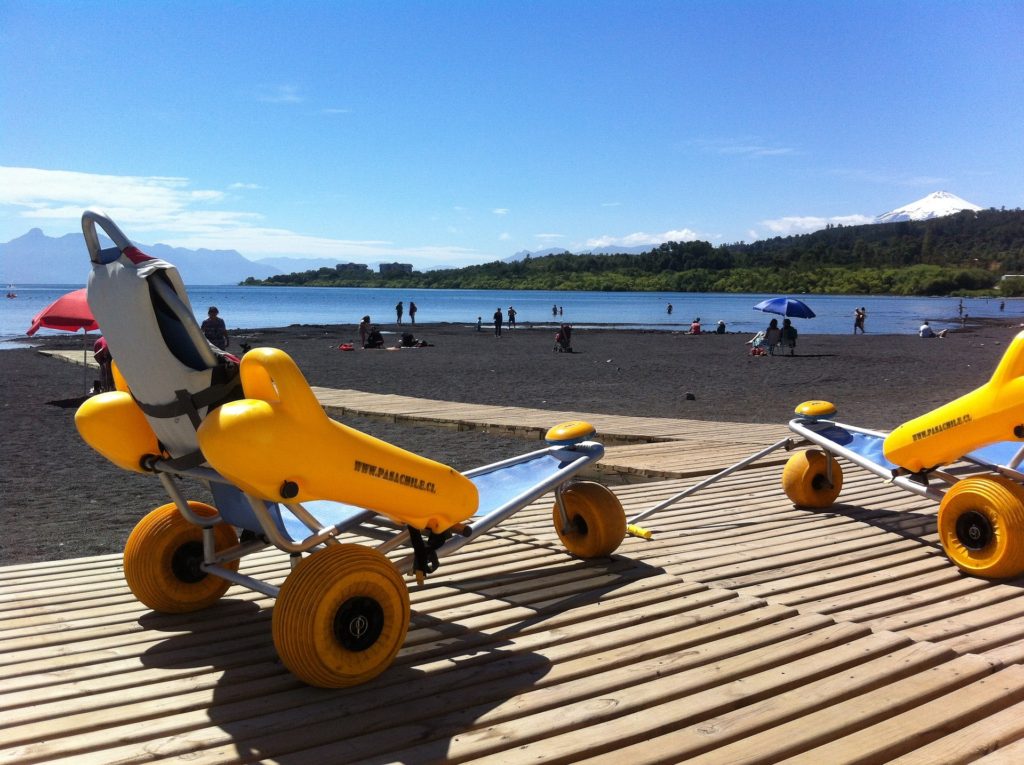
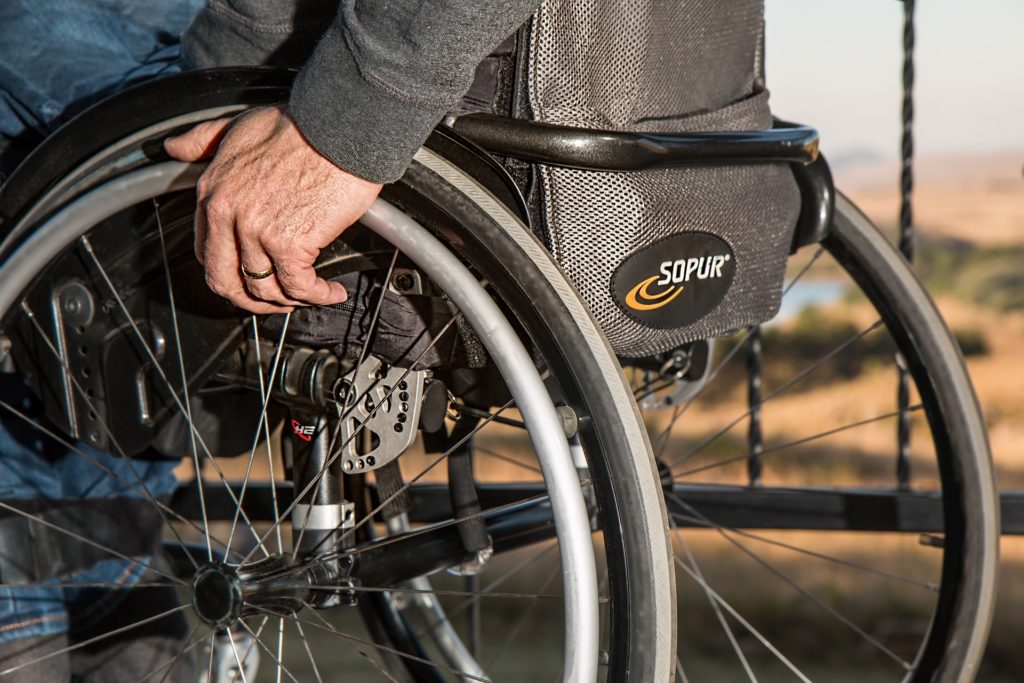
















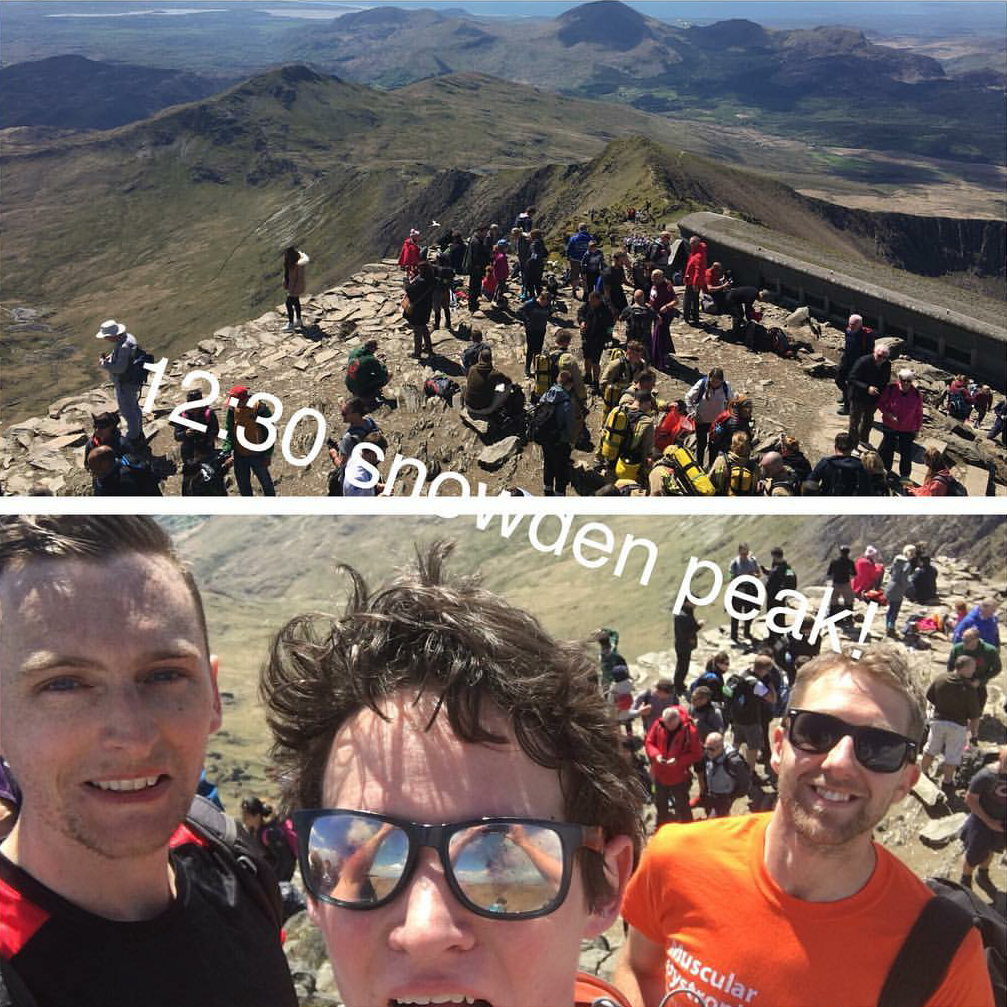



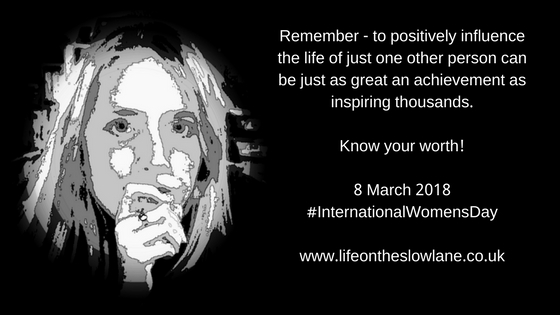
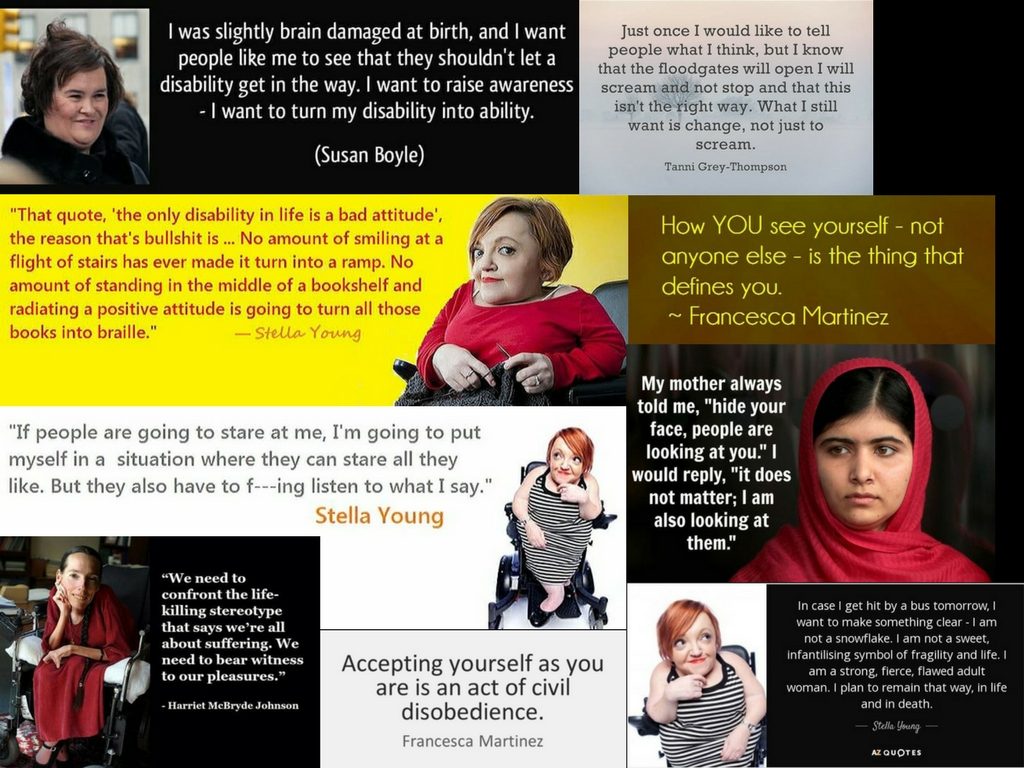
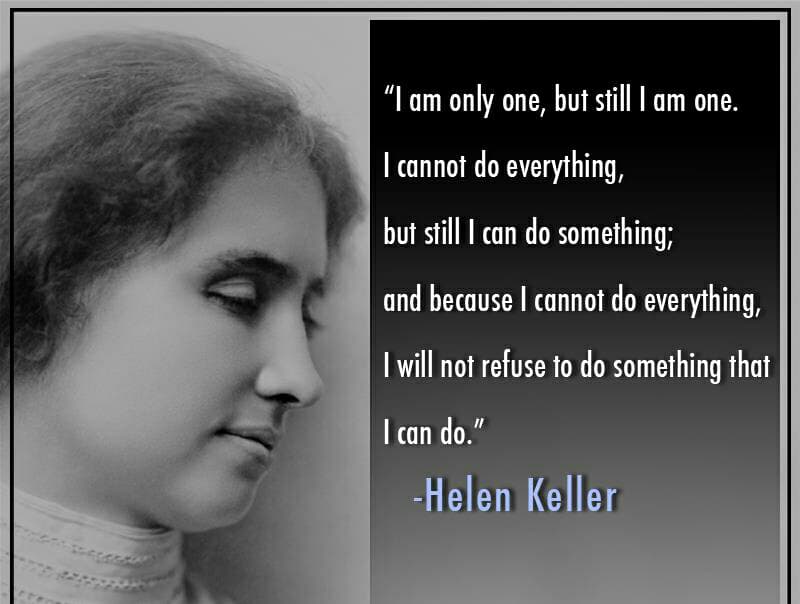

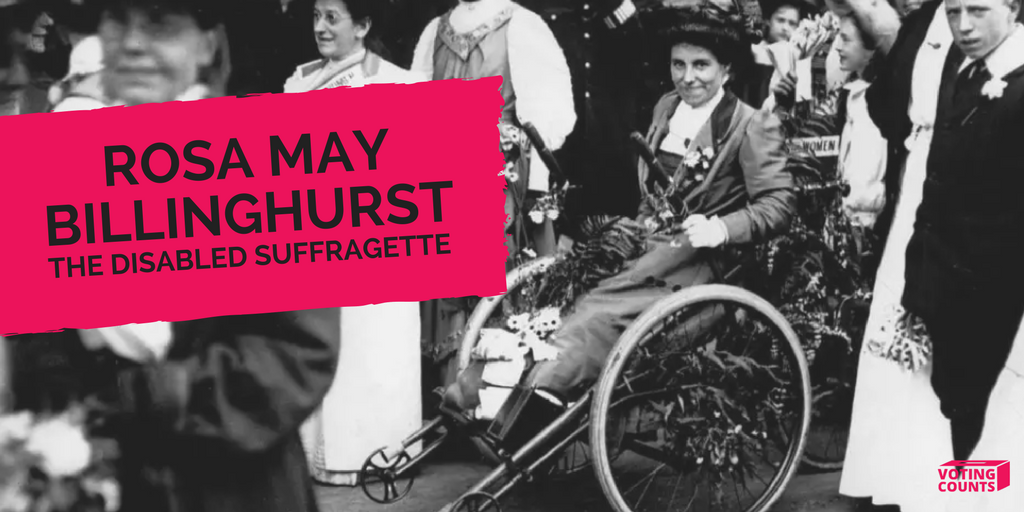

 Thus far, I have looked at various wheelchairs online and test drove the Quickie Salsa M2 Mini and the Quickie Jive M (both by Sunrise Medical). Sadly, neither of these chairs met my requirements.
Thus far, I have looked at various wheelchairs online and test drove the Quickie Salsa M2 Mini and the Quickie Jive M (both by Sunrise Medical). Sadly, neither of these chairs met my requirements.
